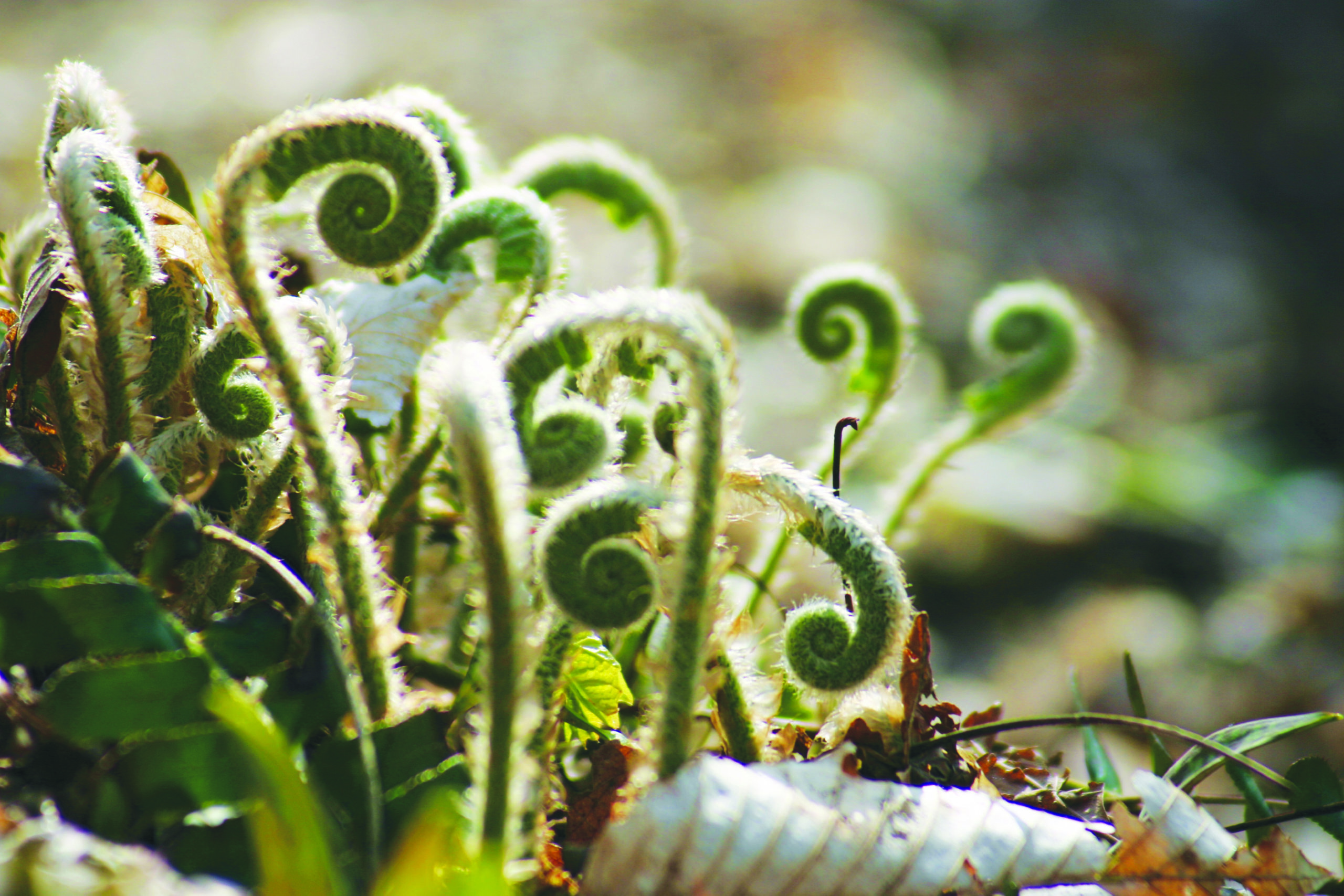Harold N. Peek Preserve
344 acres
344 acres
Located along the freshwater, tidal Maurice River, the Harold N. Peek Preserve is home to some of the healthiest wild rice marsh in southern New Jersey. This wetland habitat is an excellent place to observe a wide variety of birds, especially migrating waterfowl and raptors. The preserve is part of the Maurice River Corridor “Important Bird Area” (a National Audubon Society designation).
Address
1400 South 2nd Street, Millville, NJ, USA
Visitor Hours
daily, dawn to dusk
Native wild rice is an exuberant annual grass that grows nine feet in one growing season. It was an important food for Native peoples who harvested it by bending the ripe grain heads with wooden poles and knocking the seeds into canoes. In late August, the rice kernels are eaten by huge flocks of Red-winged Blackbirds that are, in turn, pursued by Sharp-shinned and Cooper’s Hawks. More seeds fall into the water and mud where they’re eaten throughout the winter months by Green-winged Teal, Mallards, and Northern Pintails. The seeds that the waterfowl miss become next year’s plants.
A mature Atlantic white-cedar (Chamaecyparis thyoides) swamp discharges tea-colored water to the marsh in the southeastern corner of the preserve. Cedar was harvested extensively in southern New Jersey for two centuries—the tannin in cedar bark was used to cure leather—and, consequently, few large cedar swamps in the region remain. Cedar-dominated forests like the one found here are ecologically unique and globally rare; they provide vital resources to a wide variety of wildlife and plant species, many of which are threatened or endangered.
Another native plant of particular interest is the prehistoric ground pine (Lycopodium dendroidium) that forms a six-inch evergreen carpet at several locations within the preserve. While it looks like a tree, ground pine is actually a type of club-moss: plants that reproduce by spores rather than seeds. These spores contain lypodine, once used as an explosive in fireworks. When mixed with air, the spores are highly flammable.
In the Paleozoic Era (about 300 million years ago), the ancestors of modern-day club-mosses reached gigantic proportions. These huge plants, some up to 200 feet tall, eventually transformed into the extensive coal beds that humans still mine as fossil fuel.
Ticks and occasionally biting flies are prevalent at Peek, especially from mid-April to mid-September. The Bald Eagle nest requires the red trail (from its junction with the grey trail to the west and south) be closed from January 1 through July 31.
Harold N. Peek Preserve was established in 1992 and expanded in subsequent years. Harold Peek, who lived on the property with his family for 35 years, was a commercial fisherman who grew up hunting and trapping in the marsh, and harvesting oysters in Delaware Bay. The Peek’s modest home now serves as the New Jersey field office.
In the early part of the 20th century, much of the property was farmland. Dikes that once separated the marsh from the main river channel made it possible for farmers to raise hay, corn, and other crops. Others planted apple orchards, the remnants of which present occasional canoeing obstacles in the river.

access to nature. more essential than ever.
Our preserves are open, thanks to member support.
Help us continue our work saving open space, caring for nature, and connecting people to the outdoors.